Circuit Breaker Basics – How do they work?
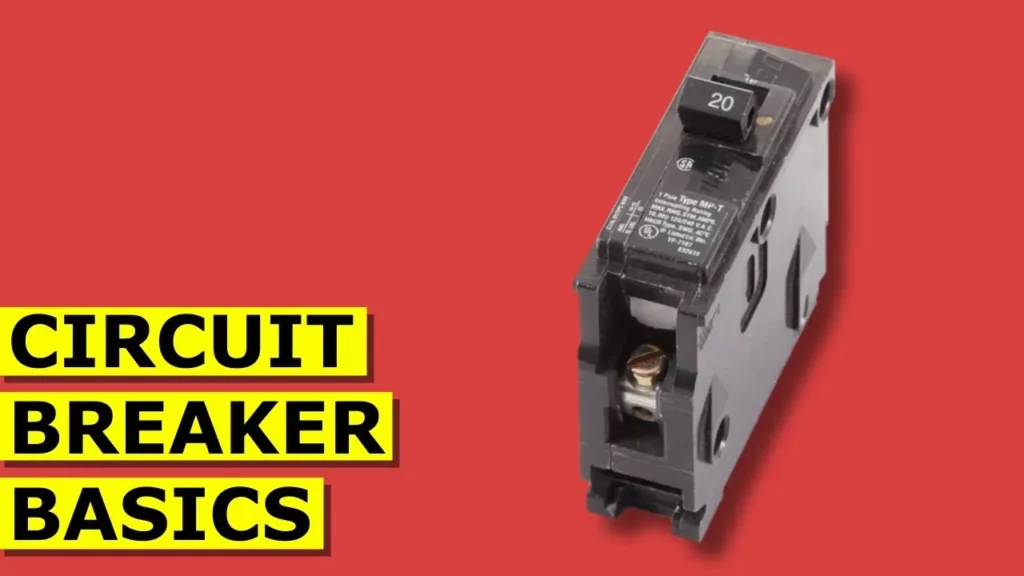
This lesson explains the function and importance of circuit breakers in protecting homes from electrical issues. Circuit breakers automatically shut off electricity during overloads or short circuits to prevent damage and hazards. Additionally, it introduces other safety devices like GFCIs and RCDs, which detect electrical imbalances to prevent electric shocks, emphasizing the importance of understanding these safety mechanisms for maintaining a safe environment.
Latching Relay Basics – Basic working principle in 2 minutes
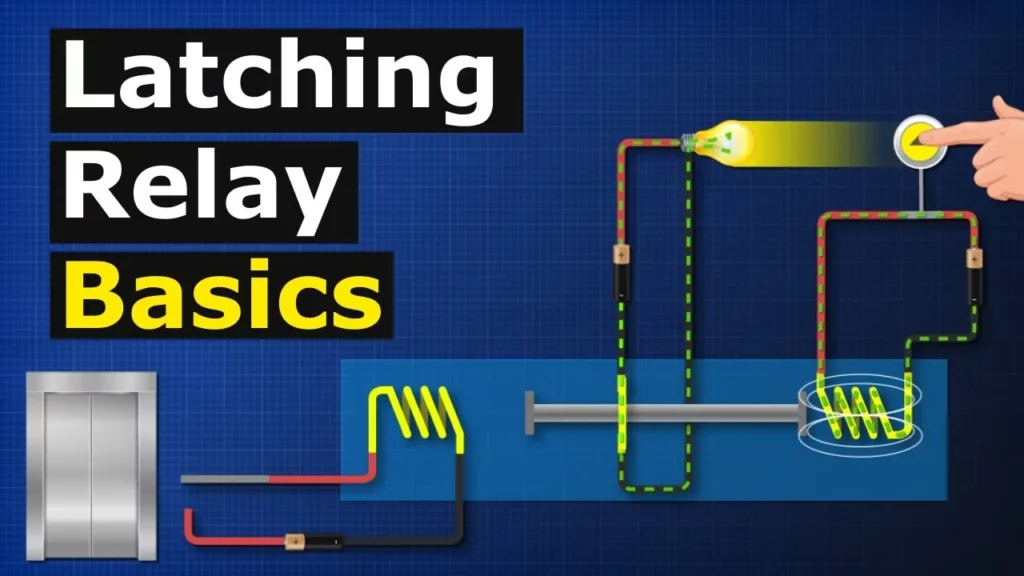
The lesson on latching relays explains how these devices maintain an active state in a circuit even after the primary power source is deactivated, contrasting with standard relays that revert to their original position. Using the example of an elevator call button, it illustrates how latching relays utilize a piston mechanism and multiple circuits to keep a lamp illuminated until a reset action is triggered. The key advantage of latching relays is their ability to retain their last position without continuous power, making them ideal for applications requiring state retention without energy consumption.
Battery Life Calculator – How long will it power a circuit? mah
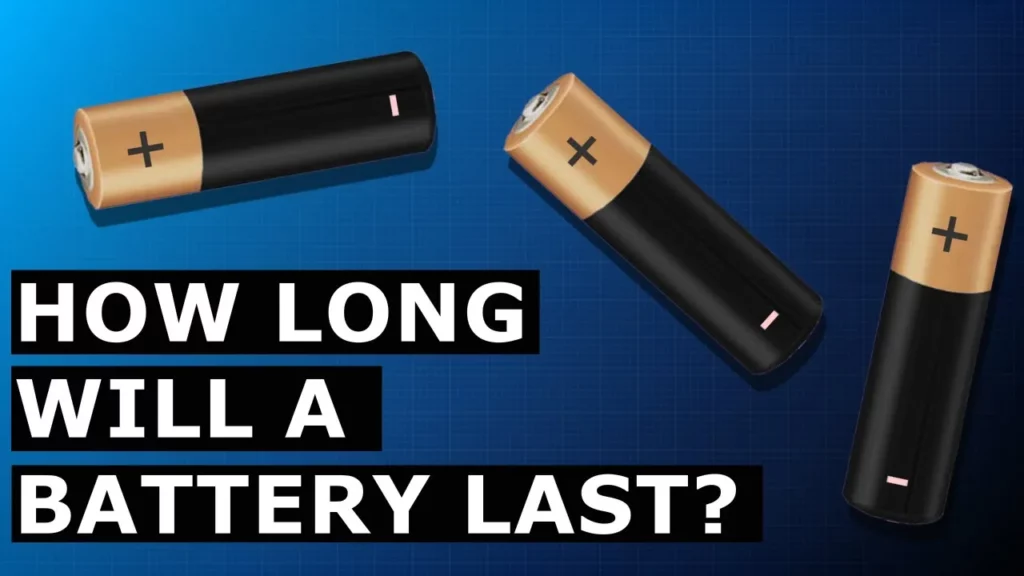
In this lesson, we explored how to estimate the lifespan of a battery when powering an electronic circuit, focusing on the concept of milliamp-hours (mAh) as a measure of battery capacity. We learned that while the theoretical battery life can be calculated using the formula “Battery life = Capacity in milliamp-hours / Circuit current in milliamps,” actual performance may vary due to factors like internal resistance, battery age, and temperature. A practical calculator is available on the website to assist with these estimations.
What is a diode? #technology #electronics #engineering
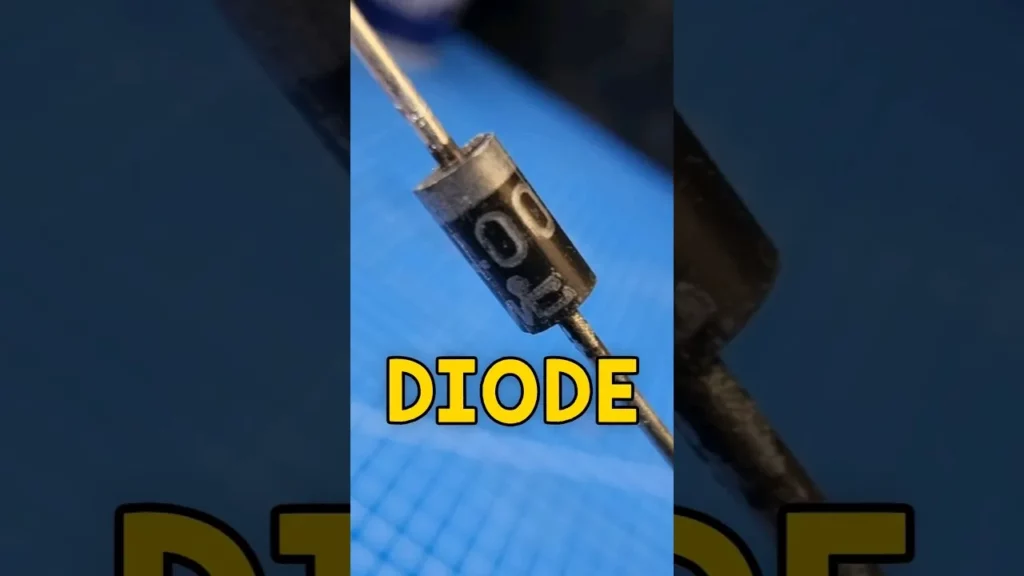
This lesson explains the function and importance of diodes in electronics, describing them as components that allow electricity to flow in one direction while blocking it from reversing, similar to a swing valve in a water pipe. Diodes are crucial for protecting circuits from damage and for rectifying alternating current (AC) into direct current (DC), ensuring that electronic devices operate reliably and efficiently. Understanding diodes helps us appreciate the engineering behind the safe and effective flow of electricity in our devices.
What is an LED and how does it work #technology #electronics #engineering #led

This lesson introduces Light Emitting Diodes (LEDs), explaining their function and the science behind their operation. LEDs produce light through a semiconductor that allows electrons to jump between layers, emitting photons in various colors depending on the materials used. Additionally, the lesson highlights the importance of using resistors to protect LEDs from excessive voltage and emphasizes their energy efficiency compared to traditional light bulbs.
What is a MOSFET #engineering #electronics #electrical #MOSFET

The lesson on MOSFETs introduces the fundamental role of Metal-Oxide-Semiconductor Field-Effect Transistors in controlling electrical flow in modern electronics. It explains how MOSFETs function similarly to valves, with enhancement-type MOSFETs allowing current flow when voltage is applied, while depletion-type MOSFETs stop the flow under the same condition. Understanding MOSFETs is essential for grasping the principles of electronic devices and their efficient power management.
Why is a ground wire used?
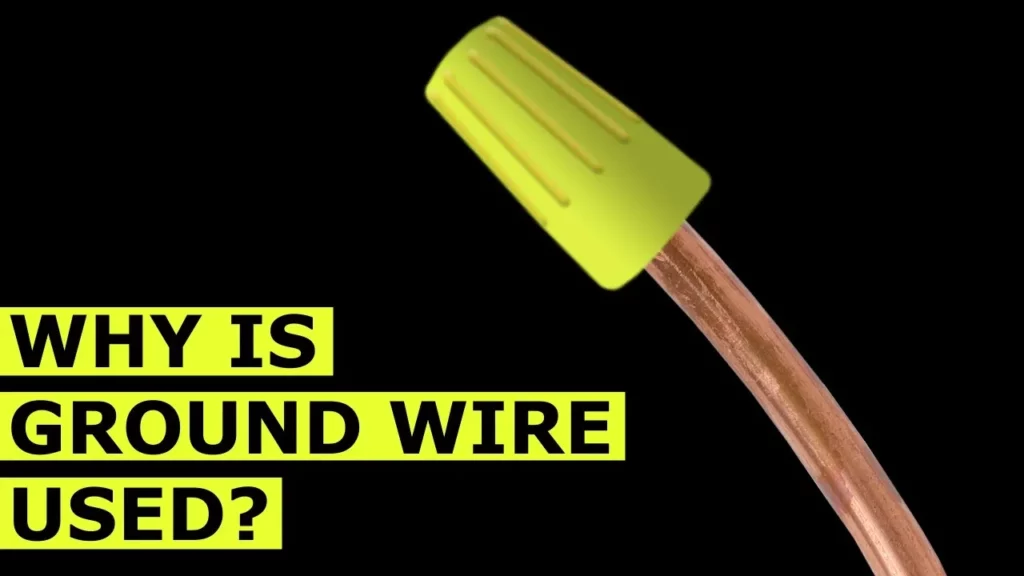
This lesson explains the importance of the ground wire in electrical systems, highlighting its role as a safety feature that provides an emergency pathway to prevent electric shock during ground faults. It describes how ground faults occur when electricity takes an unintended path, leading to a surge that is typically detected by the circuit breaker, which then trips to cut off power. Understanding the function of ground, hot, and neutral wires is essential for safe electrical practices, and further resources are available for those interested in deepening their knowledge.
Ground Rod Explained
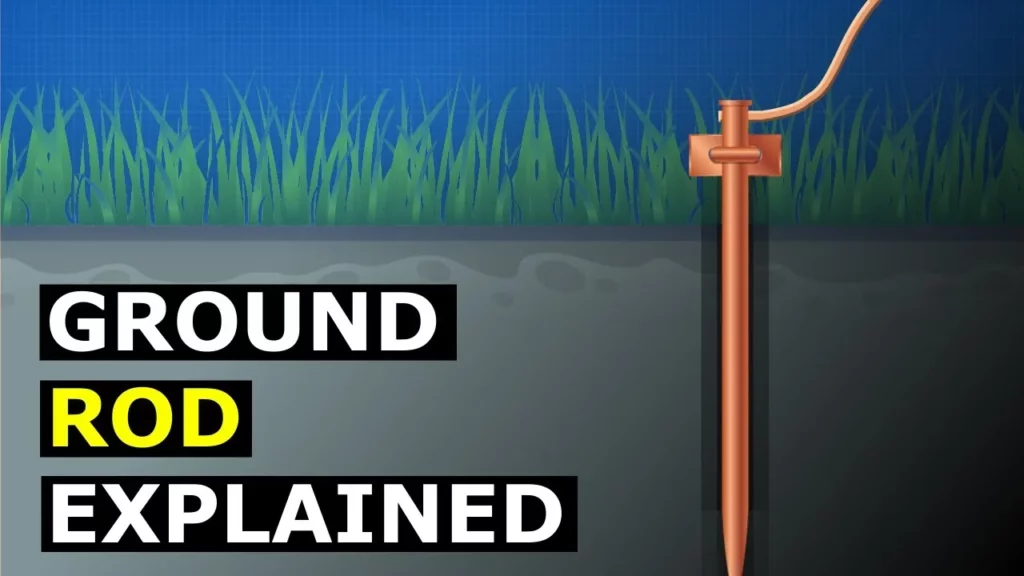
The lesson on ground rods explains their essential role in a home’s electrical system, primarily for dissipating static electricity and high voltages, such as those from lightning strikes. It clarifies common misconceptions about ground faults, emphasizing that electricity prefers low-resistance paths back to its source rather than dispersing through ground rods, which have high resistance. Additionally, the lesson highlights the behavior of lightning and the potential risks associated with direct contact between a hot wire and the ground rod.
Why Resistors Are Used In circuits
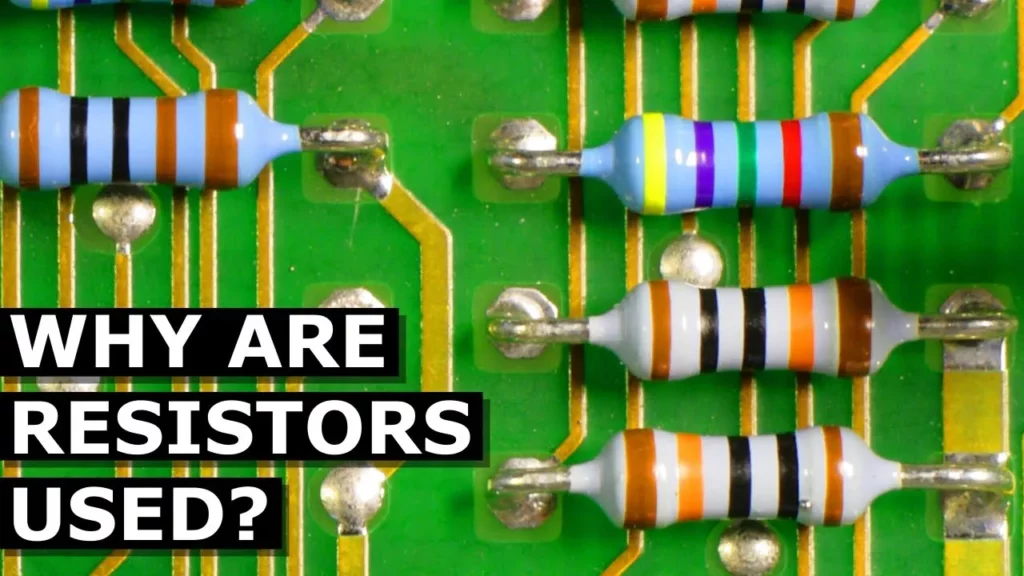
Resistors are essential components in electrical circuits that regulate the flow of current by impeding electron movement, similar to a kink in a water pipe. They work by converting some electrical energy into heat through collisions with the material inside, which helps prevent damage to sensitive components like LEDs by ensuring they receive the appropriate current. Understanding resistors is crucial for designing safe and effective electronic devices.
GFCI breaker basics – Ground fault circuit interrupter how it works
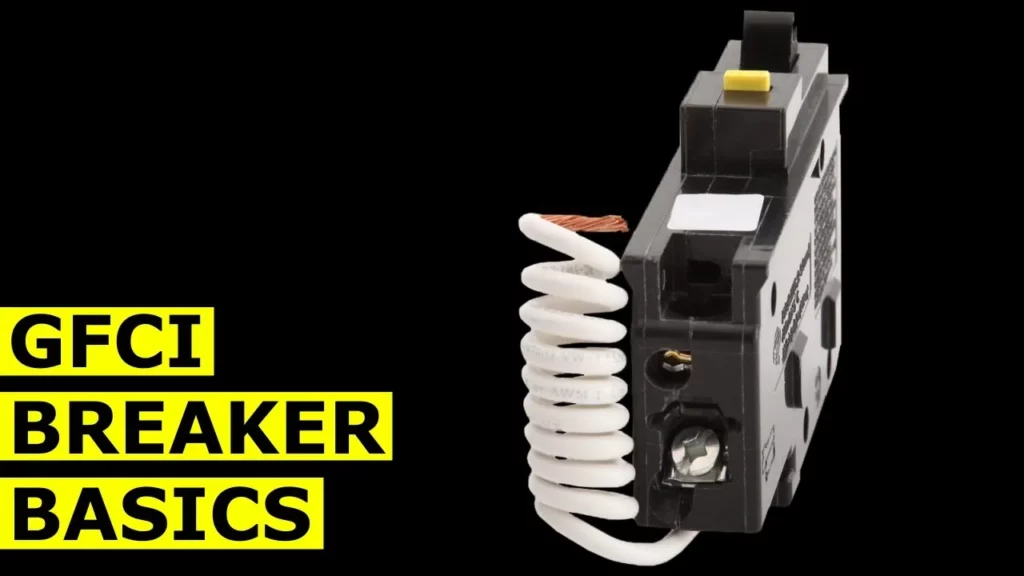
This lesson explains the importance and functionality of Ground Fault Circuit Interrupter (GFCI) breakers, which are essential for preventing electrical shocks in areas exposed to moisture, such as kitchens and bathrooms. GFCI breakers work by monitoring the current in hot and neutral wires, automatically tripping the circuit when an imbalance is detected, thereby cutting off power and enhancing safety. Understanding how GFCI breakers operate is crucial for ensuring electrical safety in environments where water and electricity may interact.